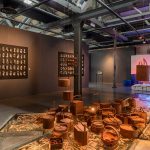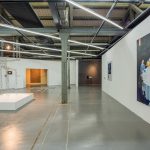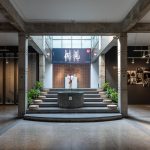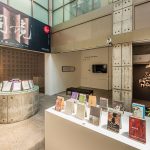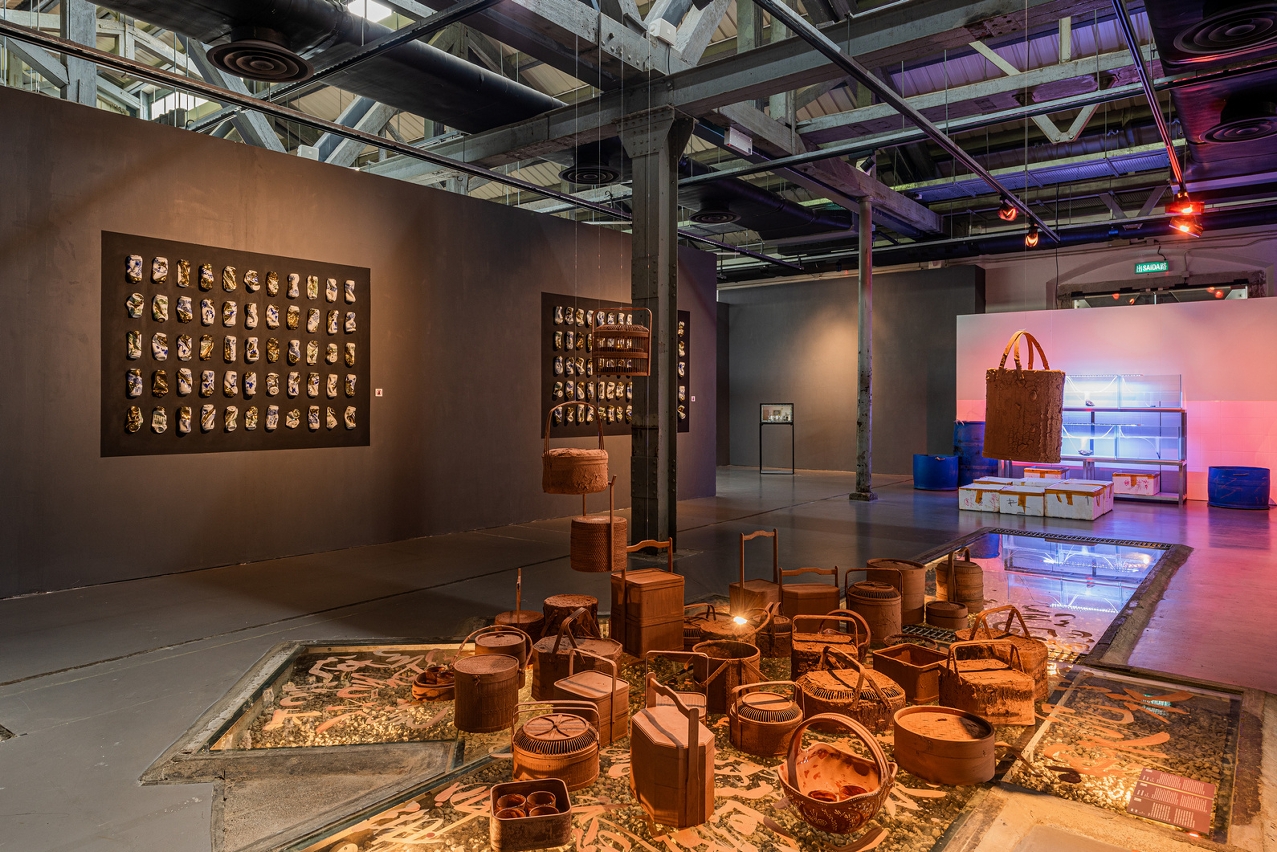 Creative City Pavilion: “Macao: City of Gastronomy - Bon Appétit!”
Creative City Pavilion: “Macao: City of Gastronomy - Bon Appétit!”
Since the opening in July, “Art Macao: Macao International Art Biennale 2021” is committed to creating an immersive cultural atmosphere for the entire city as a gallery and an art garden. The “Creative City Pavilion”, featured in “Art Macao” for the first time this year, brings together four UNESCO Creative Cities, including Macao, the City of Gastronomy; Nanjing, the City of Literature; Wuhan, the City of Design; and Linz, the City of Media Arts, connecting the world with creativity. Admission to the exhibitions is free, and the public is welcome to visit and experience the infinite creativity of each city and the cutting-edge charm of contemporary art.
Under the main curatorship of the Macao poet, translator and curator Yao Feng, four exhibitions under different themes—“Macao: City of Gastronomy - Bon Appétit!”, “Nanjing: City of Literature - Opening Up the Realm”, “Wuhan: City of Design - Empathy”, and “Linz: City of Media Arts - The Art of Interface”—present the visitors an enchanting feast of art and the beauty and philosophy of the masterpieces.
The exhibition “Macao: City of Gastronomy - Bon Appétit!” at the Macao Contemporary Art Centre - Navy Yard No.1 features 15 pieces/sets of works by 16 artists/ teams, including Carlos Marreiros, Konstantin Bessmertny and Wong Ka Long, who each explore the interplay of “food” in relation to society and history in their own unique way. The works on display include paintings, photography works, installations, sound installations and video works. The awarding works of the romantic composition contest are also exhibited in the same venue. All of these offer the audience a visual feast not to be missed.
The exhibition “Nanjing: City of Literature - Opening Up the Realm” at the Tap Seac Gallery features works of dozens of outstanding poets, novelists, critics and artists of Nanjing, such as Su Tong and Zhao Benfu, including manuscripts, calligraphies, documentaries, as well as paintings of worms, Ding Cheng Pharmacy, writer’s portrait and a small pocket book fair. The exhibition showcases the status quo of Nanjing writers and their creativity when involved in art activities from multiple perspectives, allowing the audience to feel Nanjing’s cultural landscape in the interactive space created by the exhibits.
The exhibitions “Macao: City of Gastronomy - Bon Appétit!” and “Nanjing: City of Literature - Opening Up the Realm” are held from today until 3 October. Visitors to the exhibitions at the Creative City Pavilion may receive a special face mask designed by the participating artists and local designers. Each person can obtain one mask only, while stocks last.
The Cultural Affairs Bureau will strictly follow the relevant guidelines of the Health Bureau and implement appropriate measures for “Art Macao: Macao International Art Biennale 2021”, with visitor capacity limited to 50% of the pre-pandemic level. The public is advised to visit the cultural facilities at different times. All visitors must wear their face masks, undergo body temperature checks, present a valid “Macao Health Code” of the day upon entry, and follow crowd control measures onsite. After entering the venues, the members of the public should maintain social distancing and appropriate personal hygiene. Admission to all activities is free.
For more information, please visit the website at www.artmacao.mo, its official Instagram account “artmacao”, “IC Art” page on Facebook, and WeChat account “IC_Art_Macao”.


